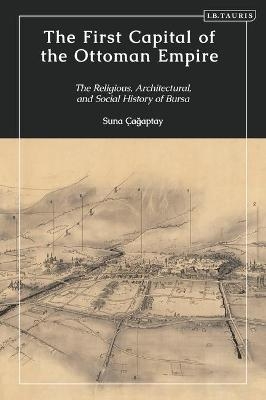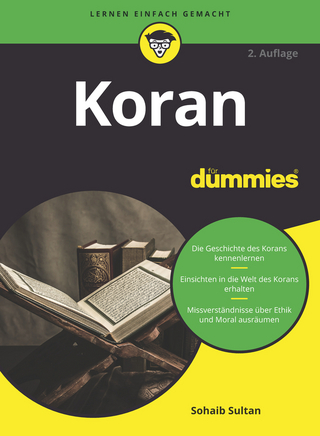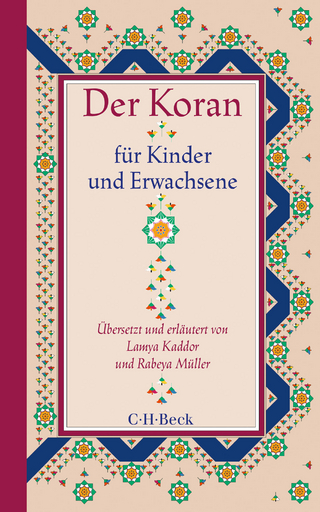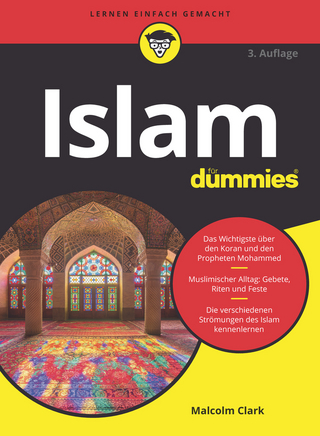
The First Capital of the Ottoman Empire
Bloomsbury Publishing PLC (Verlag)
978-1-83860-549-0 (ISBN)
Suna Çagaptay is a Post-Doctoral Research Associate at St Edmund’s College, Cambridge and a Research Associate at the Faculty of Classics at the University of Cambridge working on the afterlives ancient cities under Christianity, Judaism, and Islam for the “Impact of the Ancient City,” project funded by the European Research Council. She teaches at the Faculty of Architecture and Design at Bahçesehir University, Istanbul.
Introduction The First Capital of the Ottoman Empire
Chapter 1
Chapter 2 The City in Transition: Continuity, Conversion, and Reuse
Chapter 3 Contextualizing the Convent-Masjids and Friday Mosques: Local Knowledge and Hybridity
Chapter 4 The Roots and Context for the Inverted-T Plan
Chapter 5 Memory and Monuments
Chapter 6 Concluding Remarks on “Invisible Prousa/Bursa”
Maps and Illustrations
Bibliography
| Erscheinungsdatum | 13.11.2020 |
|---|---|
| Zusatzinfo | 1 Maps |
| Verlagsort | London |
| Sprache | englisch |
| Maße | 156 x 234 mm |
| Gewicht | 508 g |
| Themenwelt | Geisteswissenschaften ► Religion / Theologie ► Islam |
| Sozialwissenschaften ► Soziologie | |
| ISBN-10 | 1-83860-549-5 / 1838605495 |
| ISBN-13 | 978-1-83860-549-0 / 9781838605490 |
| Zustand | Neuware |
| Haben Sie eine Frage zum Produkt? |
aus dem Bereich


